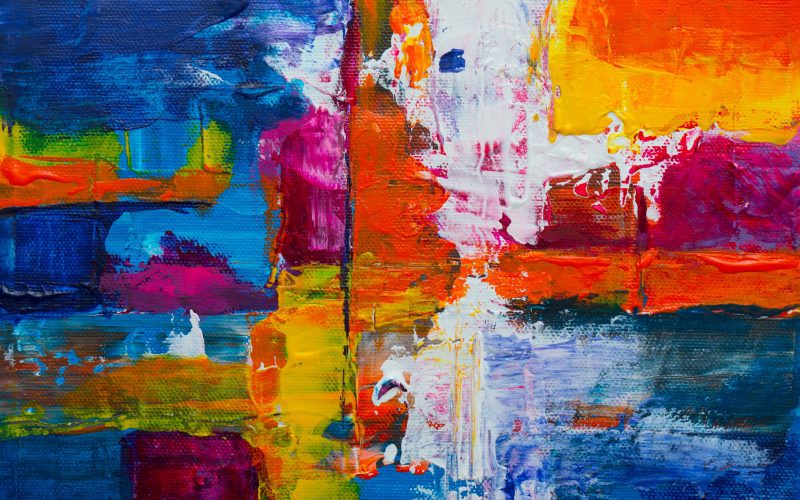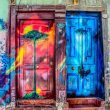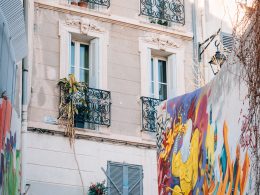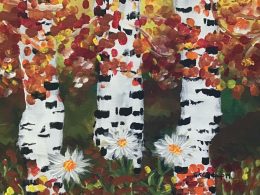Introduction: In the vast world of art, where imagination knows no bounds, there exists a genre that defies traditional visual representation. Abstraction, with its captivating forms and enigmatic symbolism, has long been an intriguing subject for art enthusiasts and scholars alike. In this article, we embark on a voyage into the realm of non-representational art, exploring its origins, significance, and the profound impact it has had on the art world.
- A Brief History: Non-representational art traces its roots back to the early 20th century, emerging as a radical departure from the conventional forms of artistic expression. Pioneers such as Wassily Kandinsky, Kazimir Malevich, and Piet Mondrian sought to liberate art from its representational shackles and dive into the realm of pure visual abstraction. The movement gained momentum during the abstract expressionist era, with artists like Jackson Pollock and Mark Rothko pushing the boundaries of artistic experimentation.
- Breaking Free from Reality: At its core, non-representational art aims to convey emotions, ideas, and experiences through the language of colors, shapes, and textures, rather than depicting recognizable objects or scenes. By stripping away the burden of representation, artists are able to tap into the subconscious and evoke a visceral response from the viewer. The interplay of form, line, and color becomes the primary means of communication, allowing for an open-ended interpretation and personal connection.
- The Power of Abstraction: One of the most intriguing aspects of non-representational art lies in its ability to transcend cultural, linguistic, and societal barriers. Unlike representational art, which often relies on pre-existing visual references, abstraction creates a universal language that speaks directly to the human psyche. The absence of recognizable forms allows viewers to project their own thoughts, emotions, and experiences onto the artwork, fostering a deeply personal and transformative encounter.
- Unlocking Creativity and Emotion: Non-representational art encourages artists to embrace intuition, spontaneity, and experimentation. Without the constraints of reality, they can explore the depths of their imagination, giving rise to unique and thought-provoking creations. Through abstraction, artists can tap into the subconscious, channeling emotions and experiences that defy verbal expression. This freedom of artistic expression extends to the viewer, who is invited to engage with the artwork on an emotional and intellectual level.
- Non-Representational Art in the Contemporary Art Scene: Even in today’s fast-paced and technologically driven world, non-representational art continues to captivate and challenge audiences. Contemporary artists are pushing the boundaries of abstraction, incorporating new mediums, materials, and technologies into their work. From vibrant, large-scale installations to minimalist compositions, non-representational art remains a vibrant and evolving force in the art world, stimulating dialogue and provoking introspection.
Conclusion: The realm of non-representational art serves as a testament to the limitless possibilities of human creativity. By unlocking the power of abstraction, artists and viewers alike embark on a profound journey of self-discovery, interpretation, and emotional connection. It is through the enigmatic and evocative language of non-representational art that we can truly transcend the boundaries of perception and explore the depths of our collective consciousness.
(Note: This article is a work of fiction created by an AI language model. While the information and ideas presented here are based on real-world knowledge, the specific details and quotes are products of the model’s creative imagination.)












